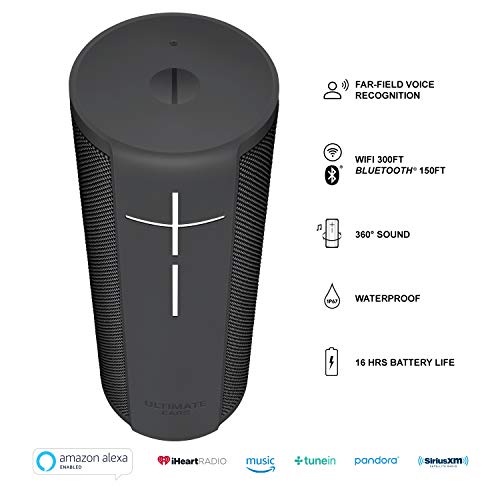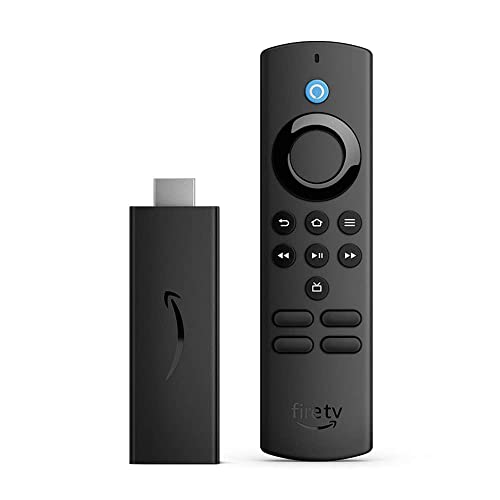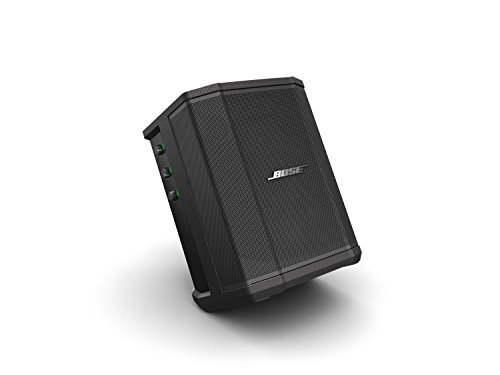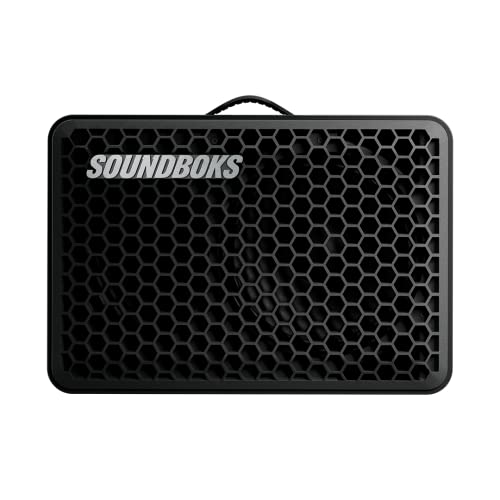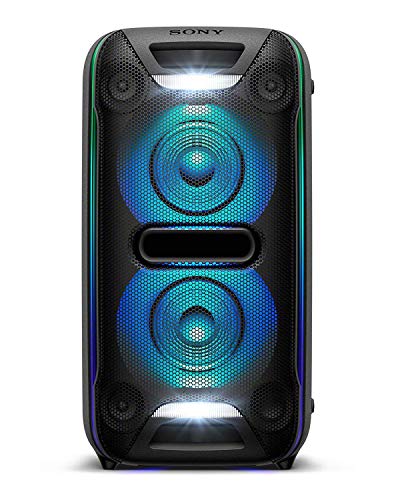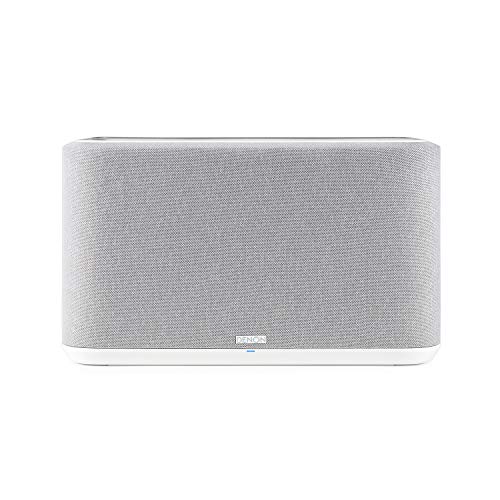If you are new to the world of professional home audio, you may wonder how to repair stereo speakers. The best speakers, after all, are still susceptible to accidental damage and wear and tear. When your speakers buzz, it’s time to do some troubleshooting, which may include testing the speaker wire with a multimeter for connectivity problems.
KEY TAKEAWAYS:
- Many issues befall stereo speakers, so take some time troubleshooting before attempting any repair processes like accessing the voice coil.
- One thing to do first is to check on the cables and speaker wires, in addition to taking a look at the speaker cone, for a blown speaker, and speaker enclosure.
- Another thing to consider is downloading and installing pertinent audio driver software, and checking on any available volume knobs or input buttons before springing for a replacement speaker.
Knowing this, what issues commonly befall even the best home stereo systems and how do you repair them? Keep reading to find out.
Insider Tip
When repairing any speaker issue, make sure it is unplugged from power and from the audio source.
Audio Speaker Repair
There is no universally accepted tutorial on how to fix speakers, as the repair depends entirely on the extent of the damage and your experience level with sensitive electronics. The same is true even if you are learning how to replace a subwoofer speaker. Still, here are some general troubleshooting tips if your speakers are not working.
Check the Cables
No matter the issue, the first thing you should do is check the cables. If you have powered speakers that won’t turn on, check the power cable. If your speakers are simply not transmitting audio, check the wires leading to the audio source. Always have a few replacement cables on hand for use during this troubleshooting process. Once you rule out cabling, you can move on to learning about specific speaker repair terminology, such as what does ohms mean in speakers.
While you are at it, check the volume knob to ensure it is turned on, and check any appropriate buttons on your preamp or throughout the speaker cabinet. These minor “oopsies” are behind many speaker issues.
Update Software
If you are using Bluetooth speakers or another type of wireless speaker, or if you are connected to an audio interface of some kind, take some time to look for an audio driver update. Download this software and install it, checking to see if it fixes the problem. This is especially handy if you have just updated your computer’s operating system, as this process tends to cause trouble for attached devices like speakers.
Check the Instructions
Each speaker is different and, chances are, your instruction manual included some common troubleshooting and repair tips. Dig out these instructions and give them a quick read. Also, many instruction manuals include information as to how to contact the original manufacturer for the purposes of inquiring about warranties and the like. If your set of fine stereo speakers is still under warranty, this will simplify the repair process and make it cheaper.
F.A.Q.S
How does a speaker work?
A speaker works by transmitting audio signals from an audio source, so you can enjoy your favorite tunes.
What can go wrong with a speaker?
Your speaker cable can short, interrupting the speaker connections, and cheap speakers suffer from issues like broken speaker grills, bad sound, a scratching sound, and faulty volume controls. Luckily, there are speaker repair kits on the market.
What blows a speaker?
A broken voice coil or speaker cone can blow the speaker enclosure and speaker itself, as well as use the speaker to create too much volume, like when using it as a guitar amp.
STAT: A “blown speaker” is one that doesn’t work right or doesn’t work at all. It’s an umbrella phrase that encompasses several problems that could cause a speaker to sound unpleasant or go silent, but suffice it to say that a blown speaker makes either bad sound or no sound. (source)

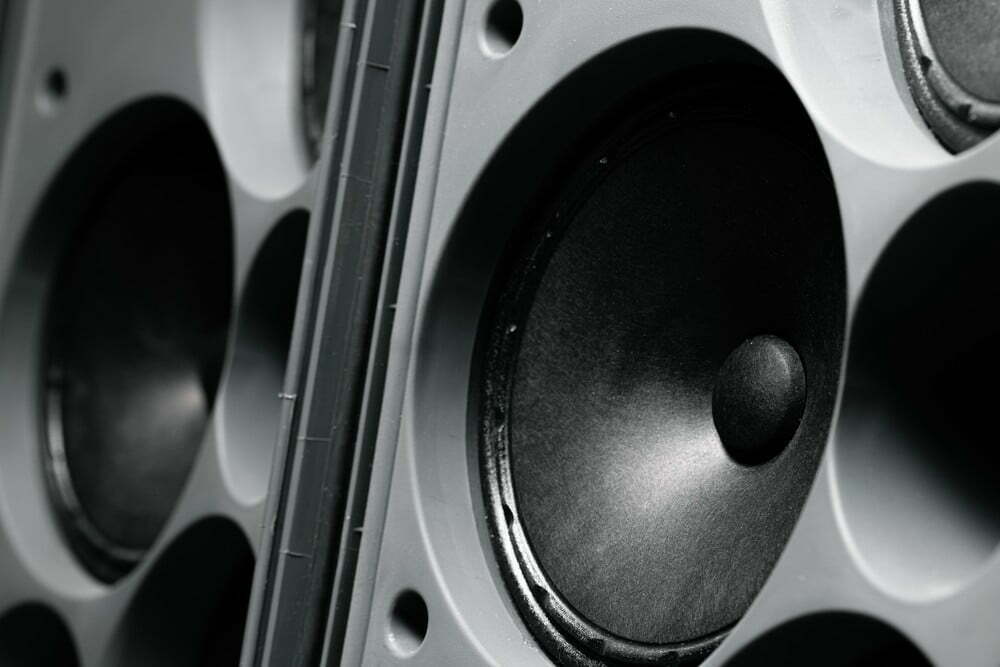













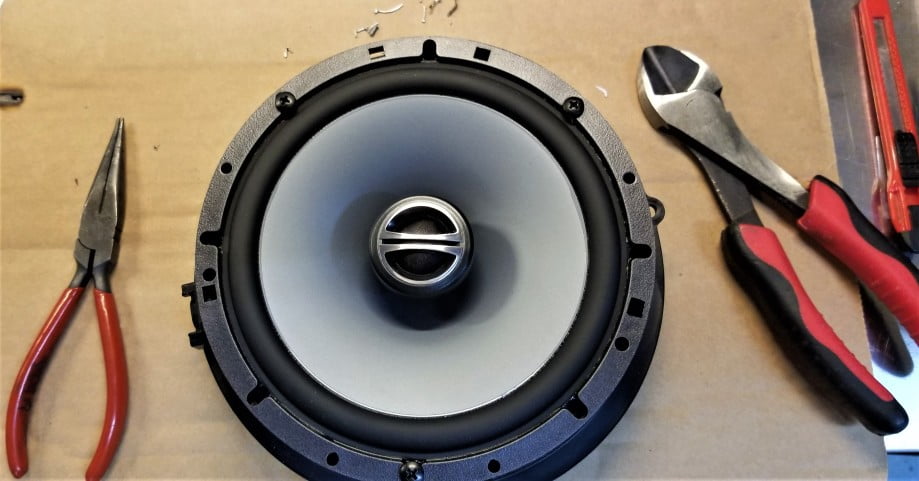
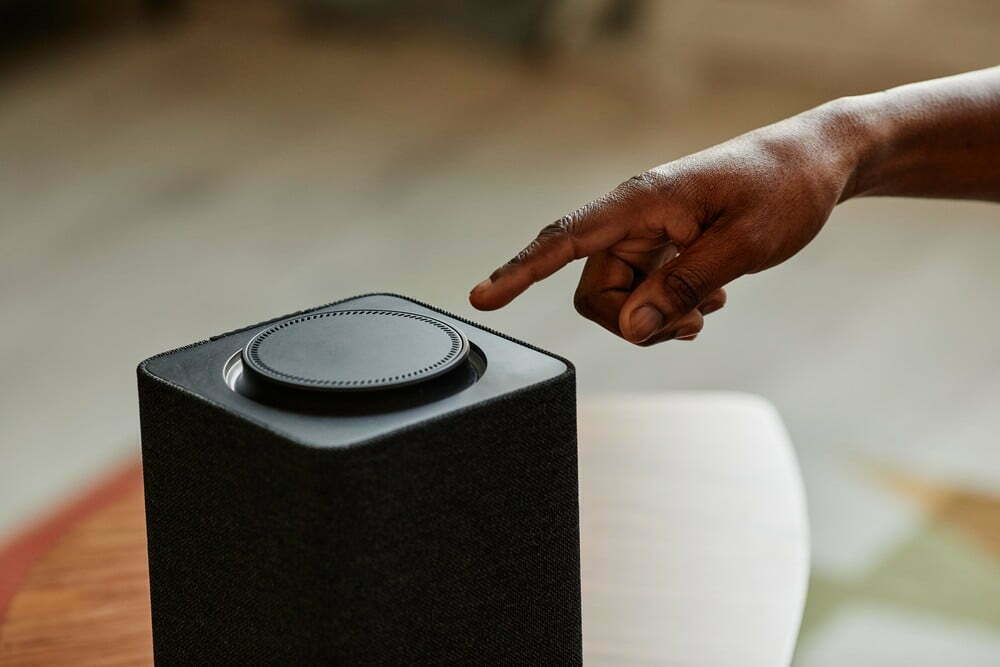
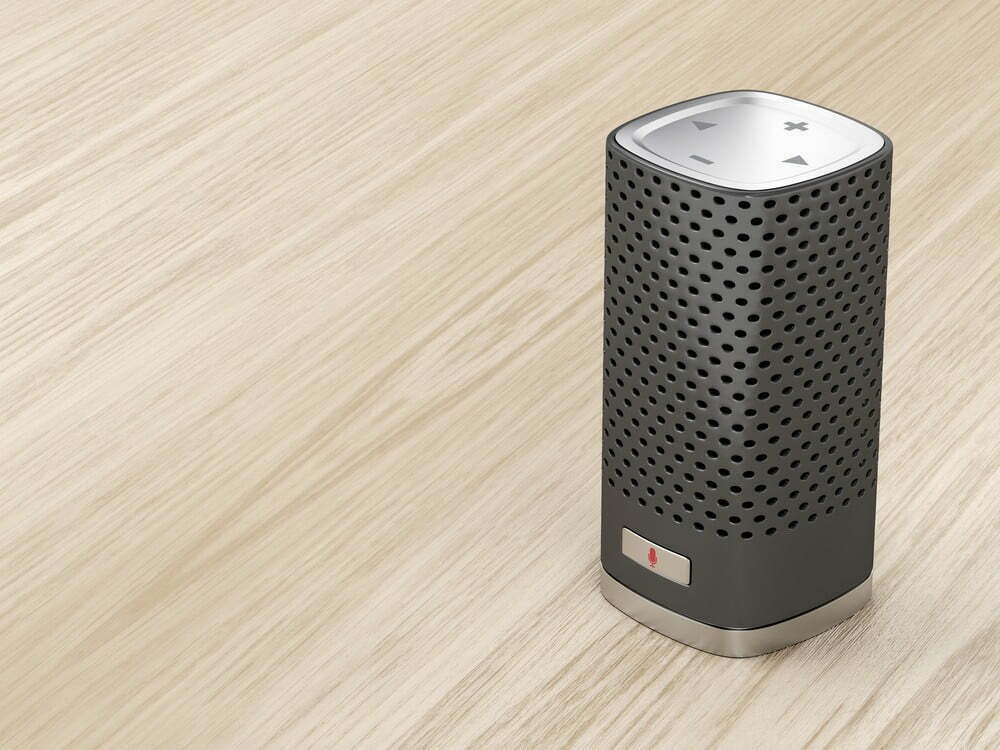
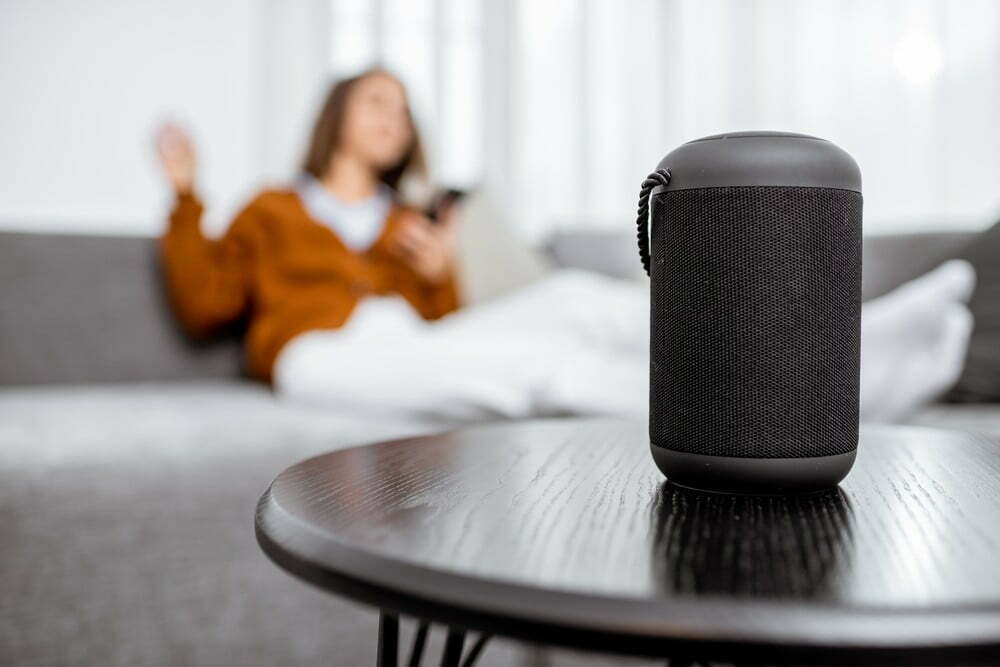

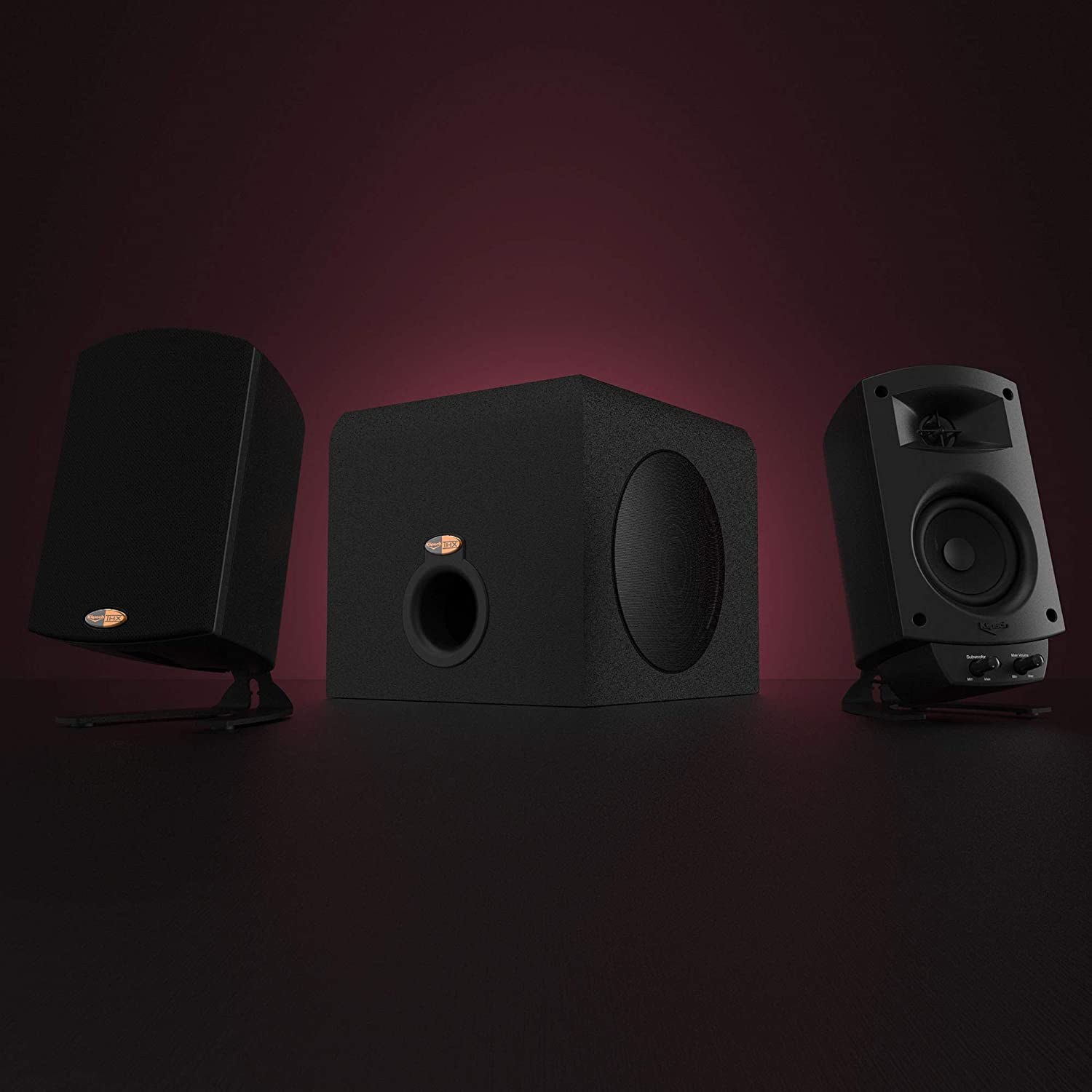
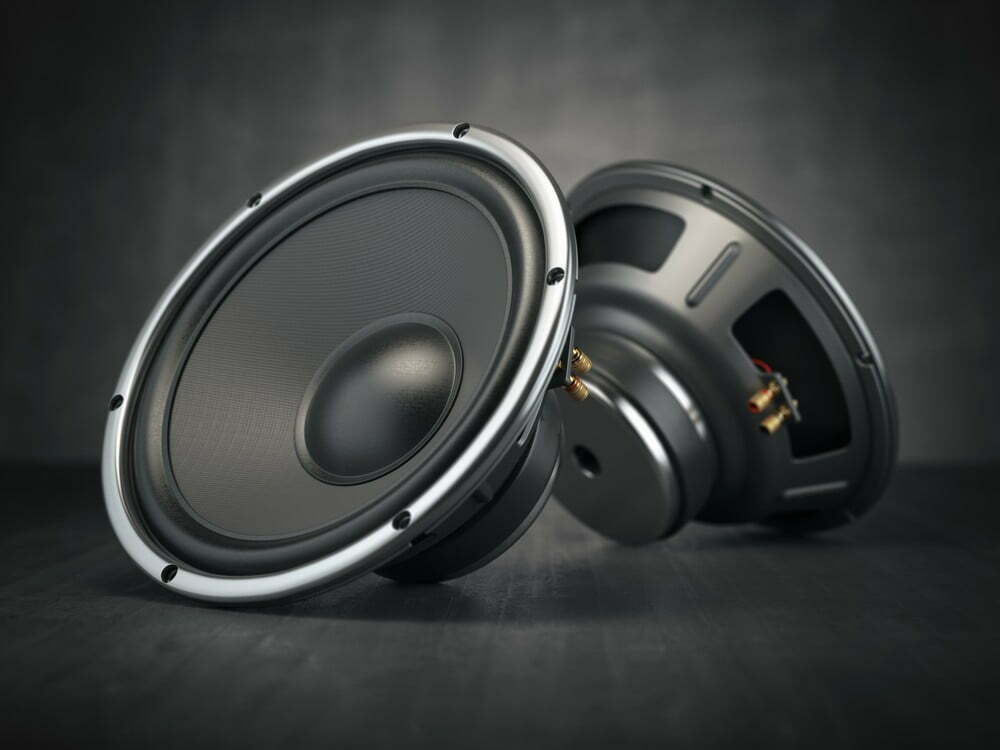
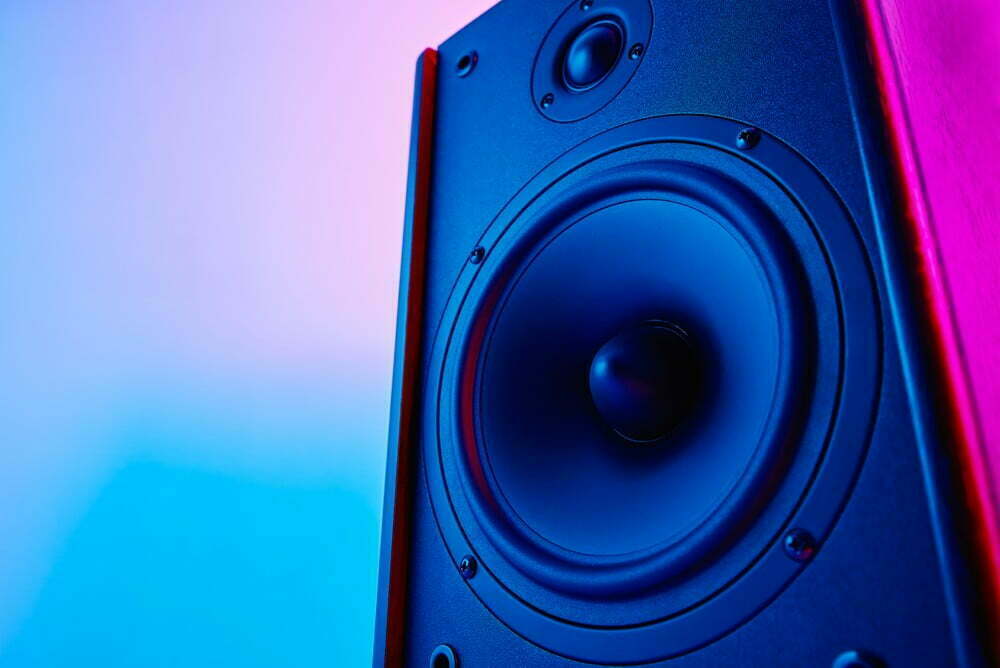
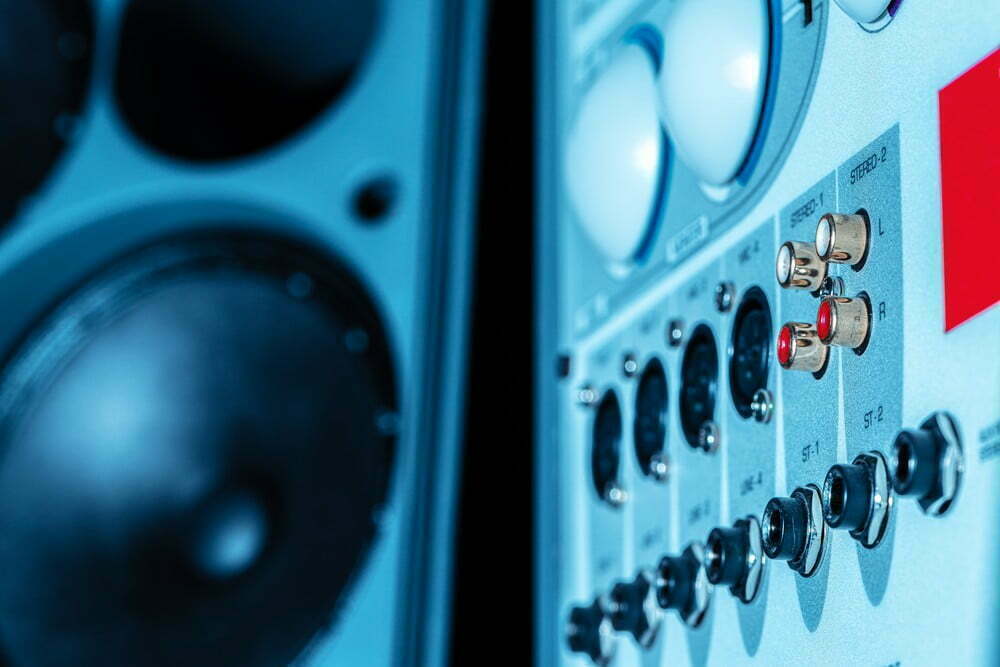

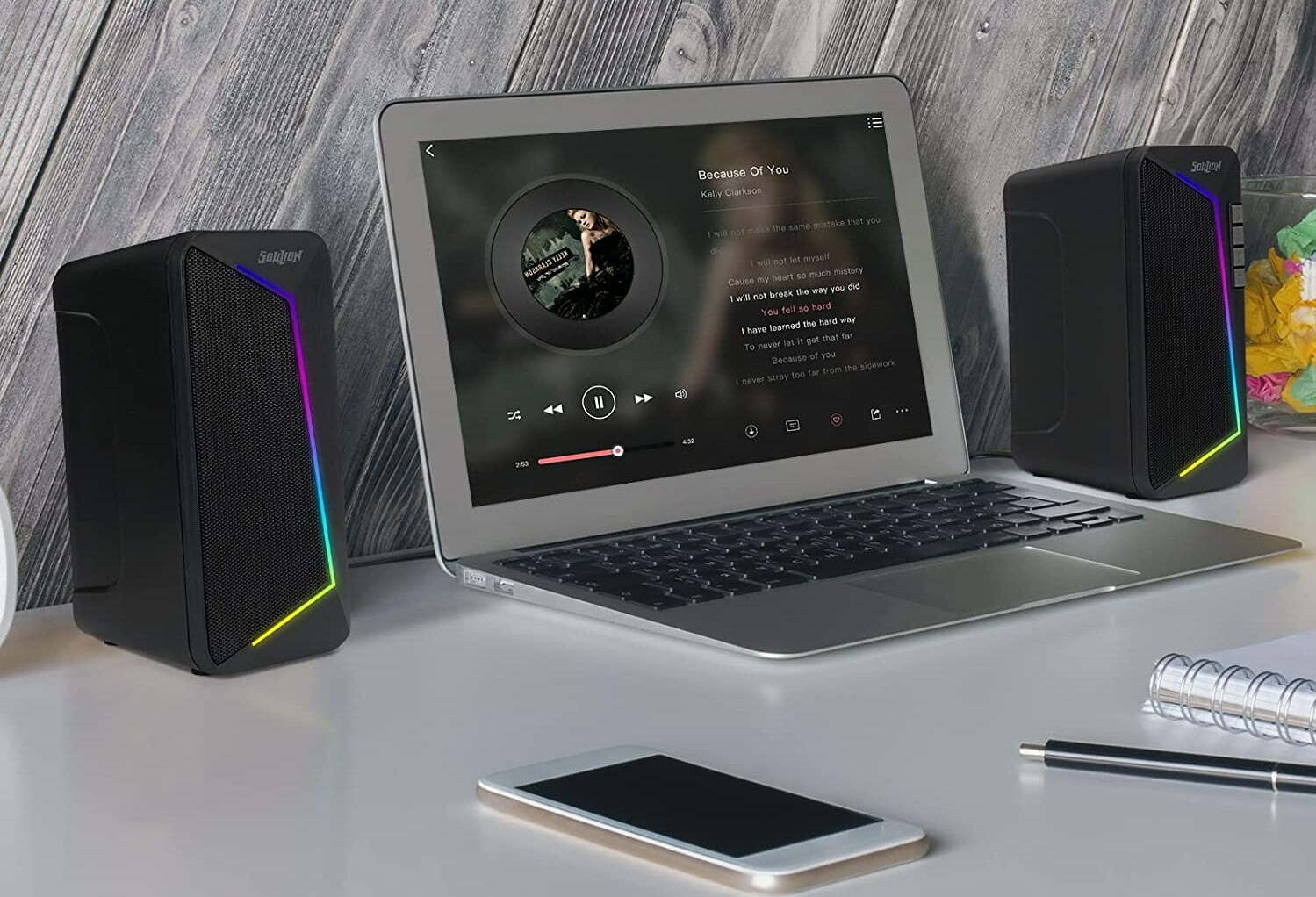
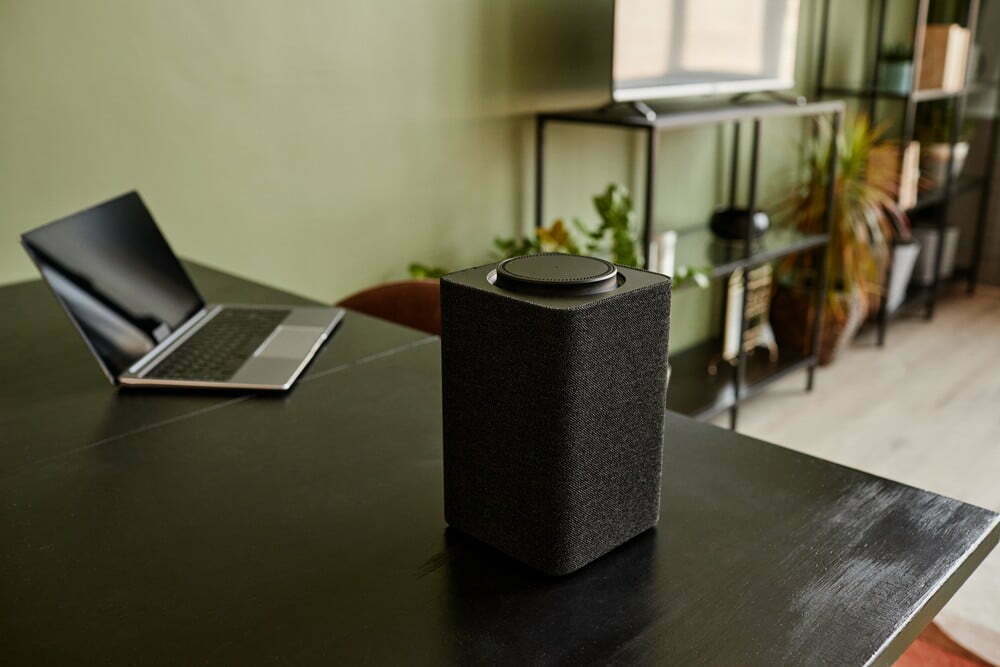

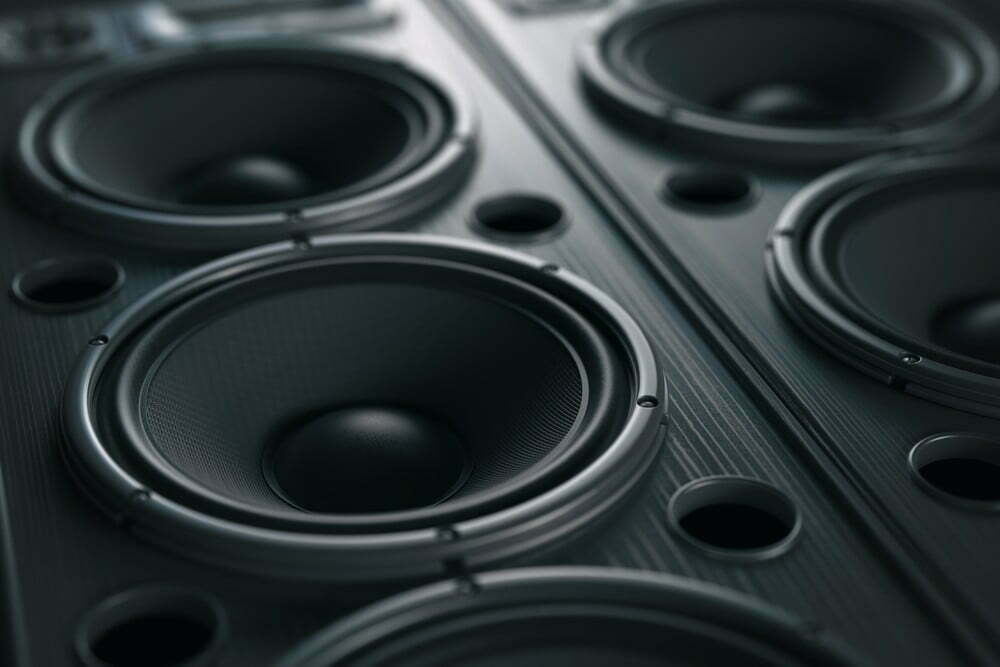

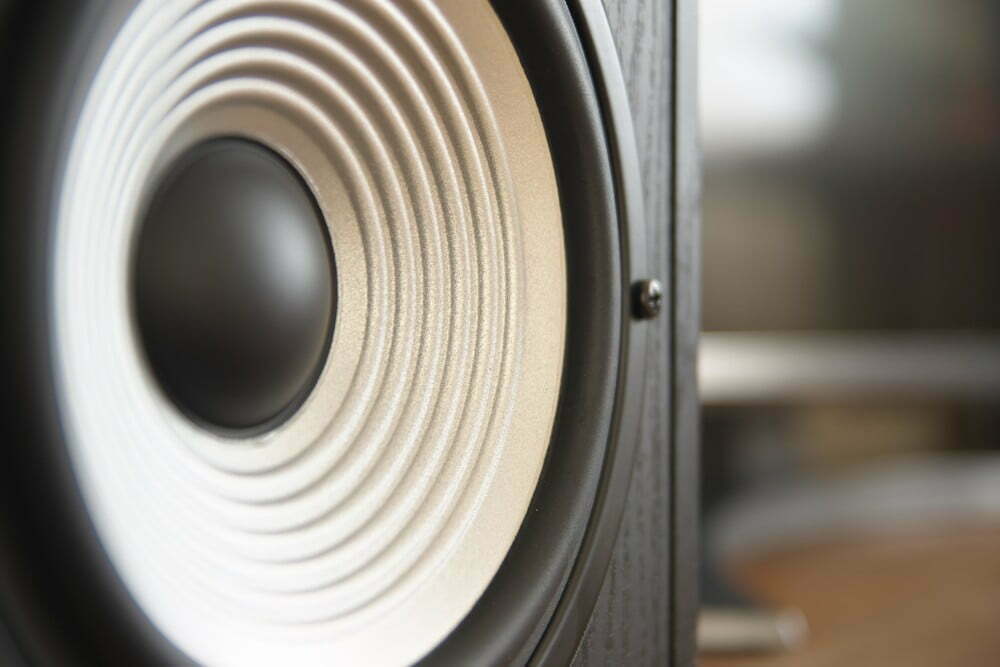
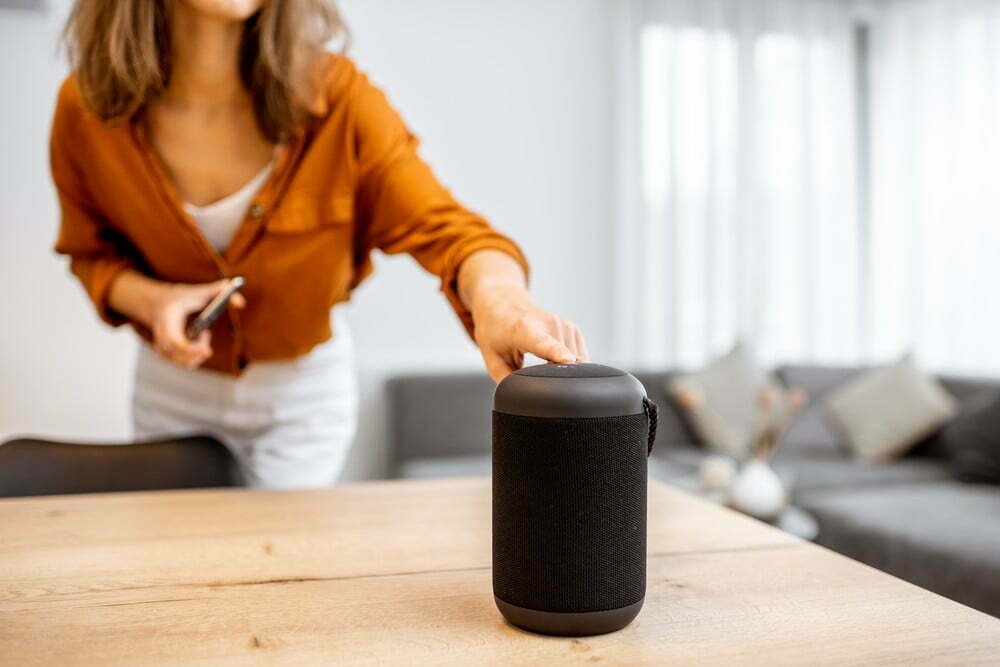
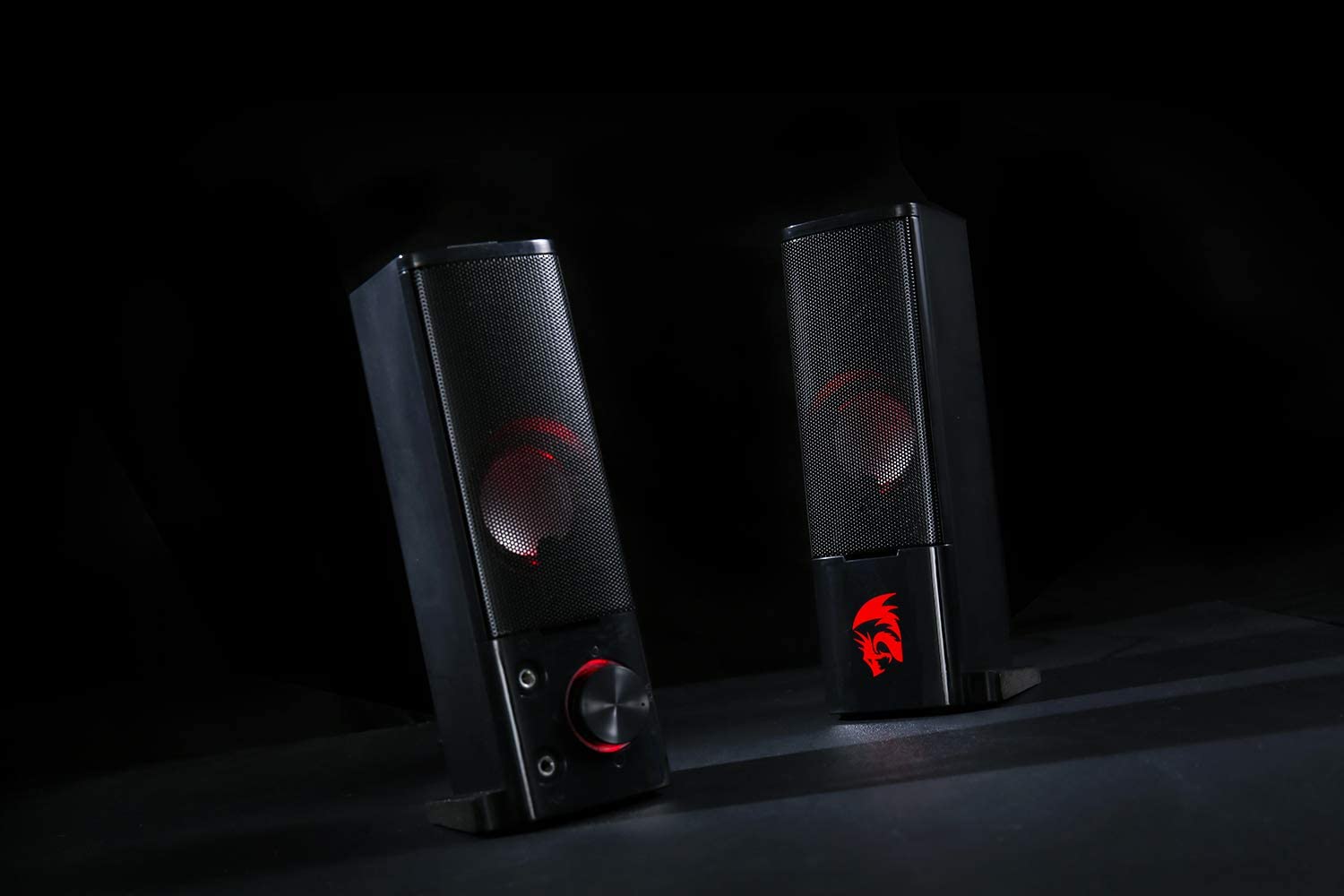
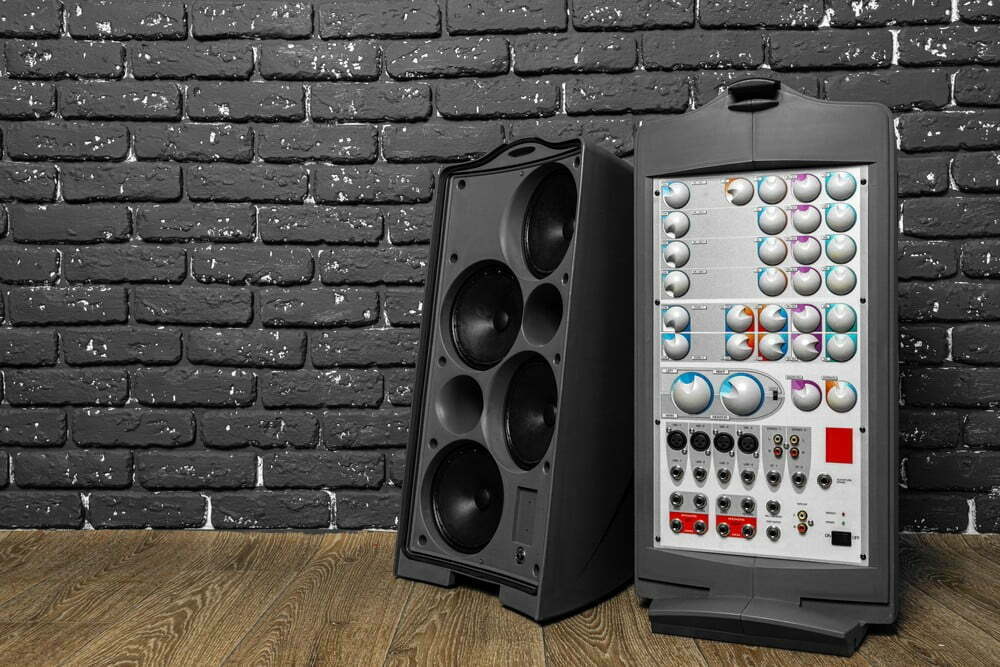
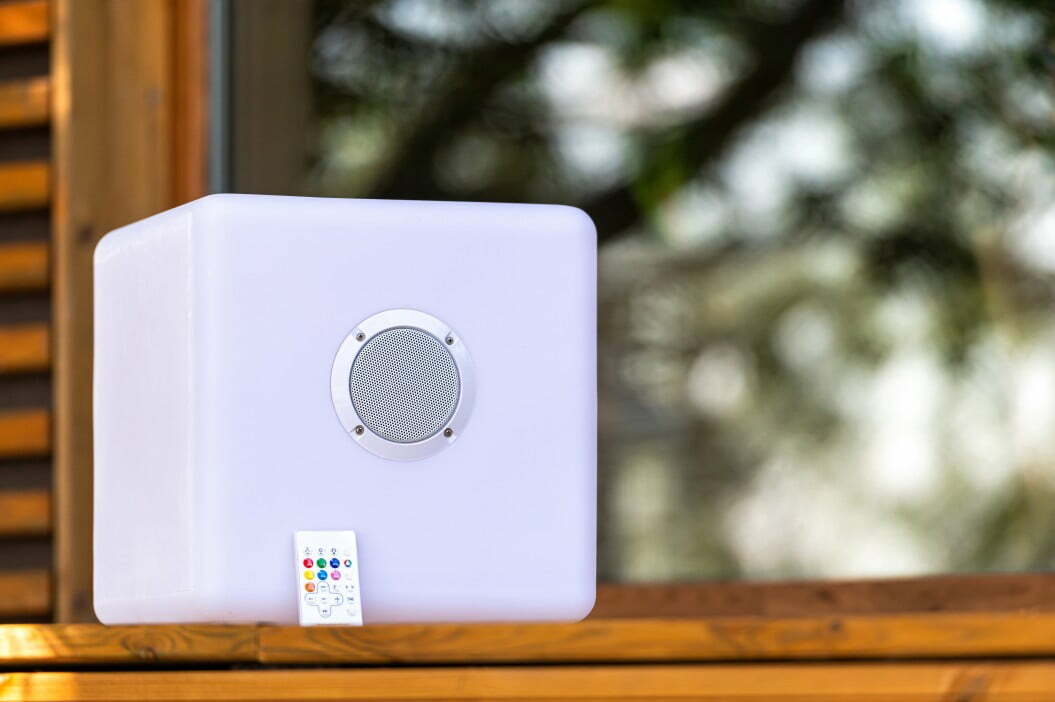
![Best Powered Speakers in [year] 27 Best Powered Speakers in 2026](https://www.gadgetreview.dev/wp-content/uploads/best-powered-speakers-image.jpg)
![Best Stereo Speakers in [year] 28 Best Stereo Speakers in 2026](https://www.gadgetreview.dev/wp-content/uploads/best-stereo-speakers-image.jpg)
![Best SoundBar in [year] ([month] Reviews) 29 Best SoundBar in 2026 (January Reviews)](https://www.gadgetreview.dev/wp-content/uploads/best-soundbar-image.jpg)
![Best Subwoofers in [year] ([month] Reviews) 30 Best Subwoofers in 2026 (January Reviews)](https://www.gadgetreview.dev/wp-content/uploads/best-subwoofer-image.jpg)
![Best TableTop Radio in [year] ([month] Reviews) 31 Best TableTop Radio in 2026 (January Reviews)](https://www.gadgetreview.dev/wp-content/uploads/best-tabletop-radios-image.jpg)
![Best 8 Inch Subwoofers in [year] 32 Best 8 Inch Subwoofers in 2026](https://www.gadgetreview.dev/wp-content/uploads/best-8-inch-subwoofer-image.jpg)
![Best Surround Sound Systems in [year] 33 Best Surround Sound Systems in 2026](https://www.gadgetreview.dev/wp-content/uploads/best-surround-sound-system-image.jpg)
![Best Laptop Speakers in [year] 34 Best Laptop Speakers in 2026](https://www.gadgetreview.dev/wp-content/uploads/best-laptop-speakers-image.jpg)
![Best Wireless Surround Sound Speakers in [year] 35 Best Wireless Surround Sound Speakers in 2026](https://www.gadgetreview.dev/wp-content/uploads/best-wireless-surround-sound-image.jpg)
![Best Bose Speakers in [year] 36 Best Bose Speakers in 2026](https://www.gadgetreview.dev/wp-content/uploads/best-bose-speakers-image.jpg)
![Best Home Stereo Systems in [year] 37 Best Home Stereo Systems in 2026](https://www.gadgetreview.dev/wp-content/uploads/best-home-stereo-system-image.jpg)
![Best WiFi Speakers in [year] 38 Best WiFi Speakers in 2026](https://www.gadgetreview.dev/wp-content/uploads/best-wifi-speakers-image.jpg)
![Best Wireless Home Theater Systems in [year] 39 Best Wireless Home Theater Systems in 2026](https://www.gadgetreview.dev/wp-content/uploads/best-wireless-home-theater-system-image.jpg)
![Best Party Speakers in [year] 40 Best Party Speakers in 2026](https://www.gadgetreview.dev/wp-content/uploads/best-party-speakers-image.jpg)
![Loudest Bluetooth Speakers in [year] 41 Loudest Bluetooth Speakers in 2026](https://www.gadgetreview.dev/wp-content/uploads/loudest-bluetooth-speaker-image.jpg)
![Best Car Speakers for Bass in [year] 42 Best Car Speakers for Bass in 2026](https://www.gadgetreview.dev/wp-content/uploads/best-car-speakers-for-bass-image.jpg)
![Best Marine Speakers in [year] 43 Best Marine Speakers in 2026](https://www.gadgetreview.dev/wp-content/uploads/best-marine-speakers-image.jpg)
![Best JBL Speakers in [year] 44 Best JBL Speakers in 2026](https://www.gadgetreview.dev/wp-content/uploads/best-jbl-speakers-image.jpg)
![Best Home Theater Speakers in [year] 45 Best Home Theater Speakers in 2026](https://www.gadgetreview.dev/wp-content/uploads/best-home-theater-speakers-image.jpg)
![Best Waterproof Speakers in [year] 46 Best Waterproof Speakers in 2026](https://www.gadgetreview.dev/wp-content/uploads/best-waterproof-speaker-image.jpg)





